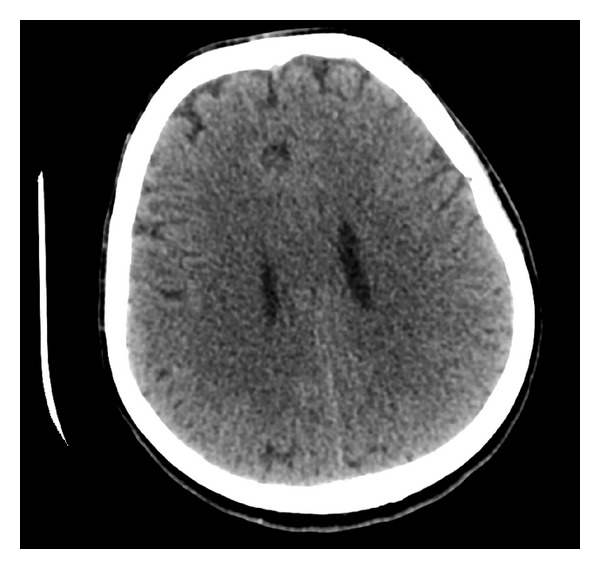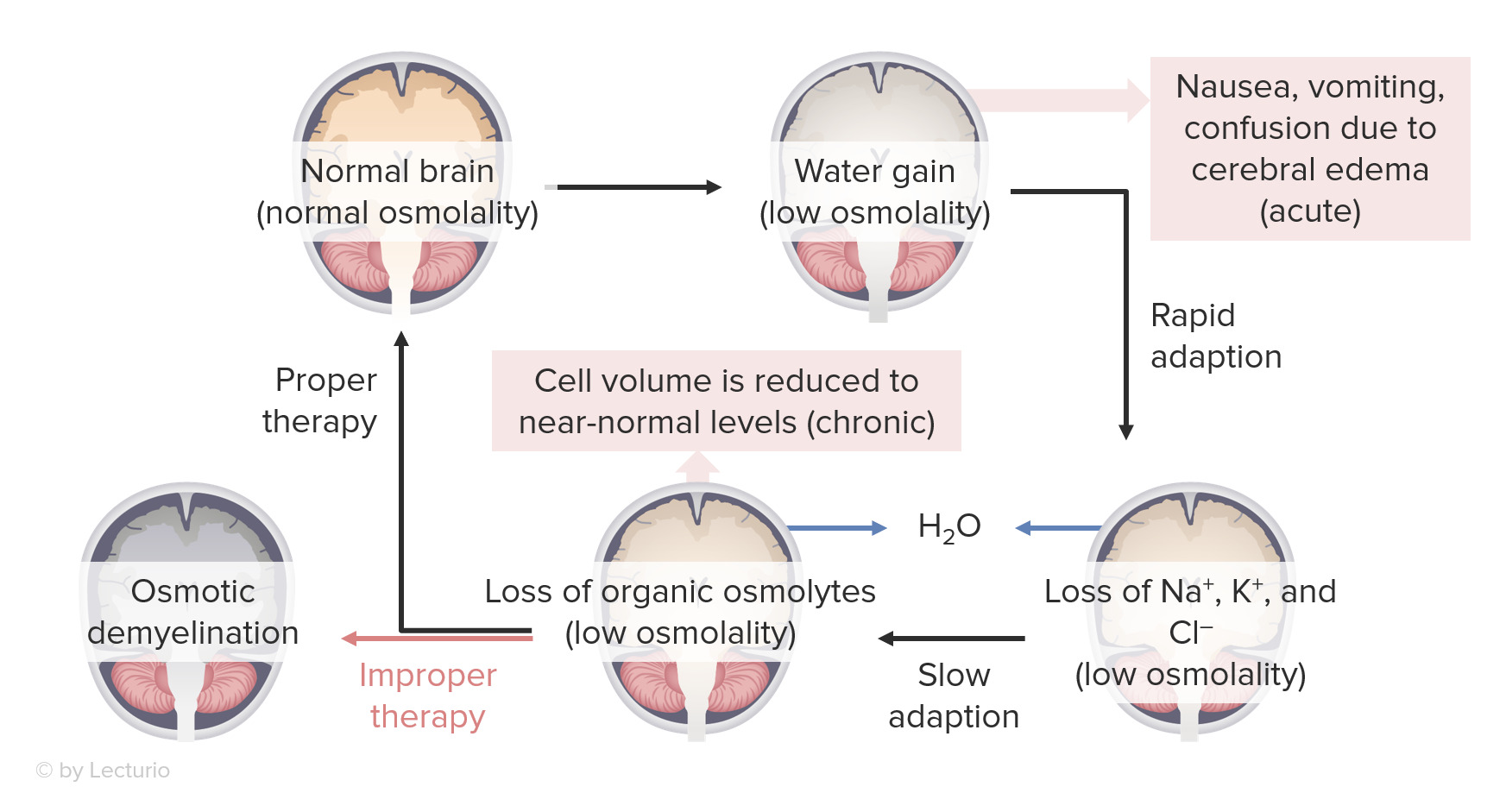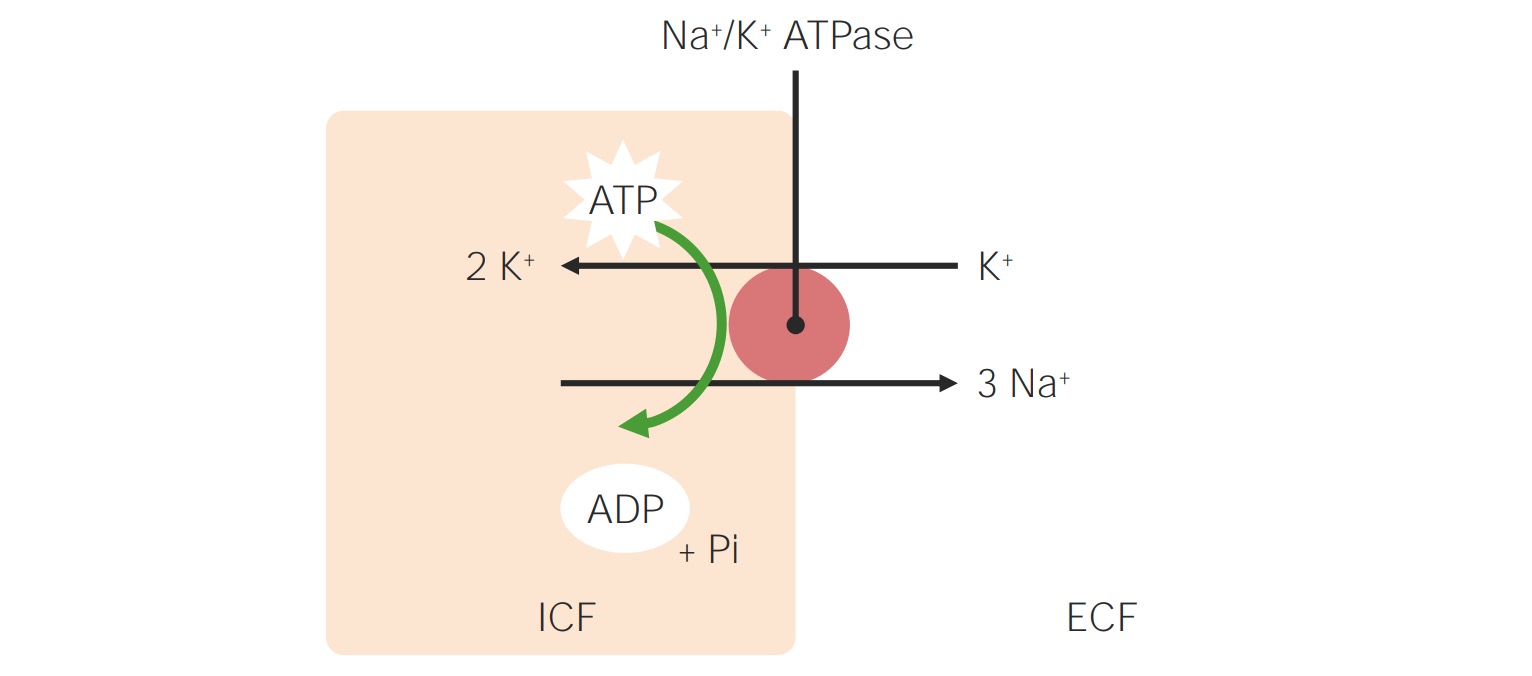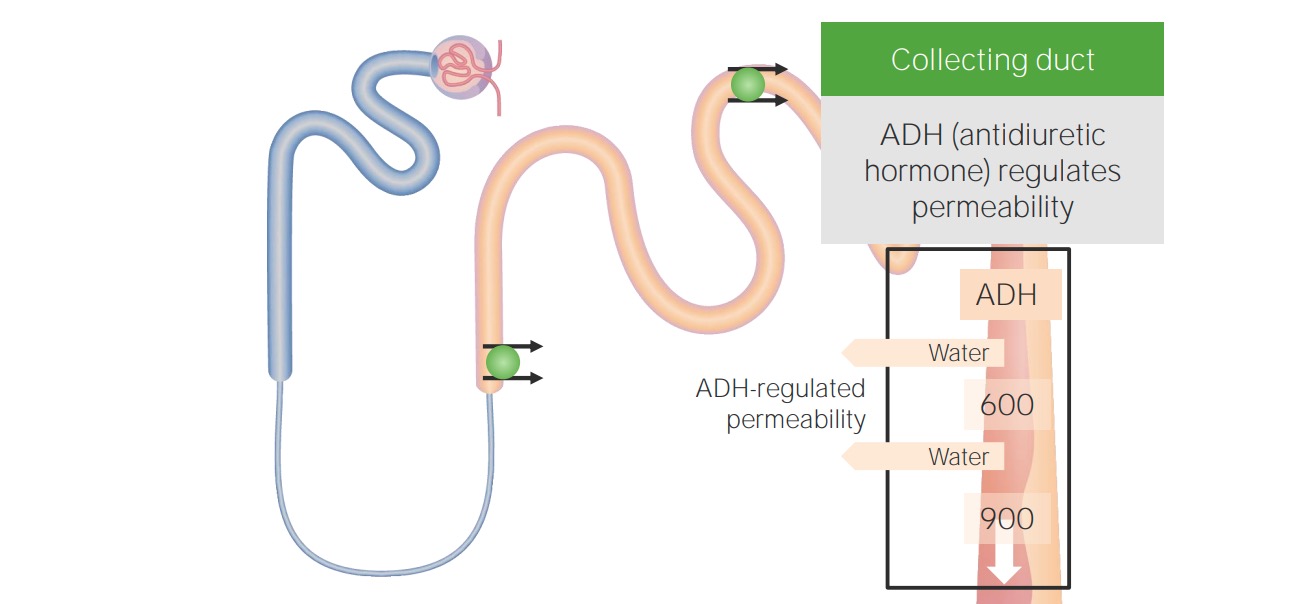Playlist
Show Playlist
Hide Playlist
Hypervolemic Hypotonic Hyponatremia
-
Slides Water Balance Hypo and Hypernatremia.pdf
-
Reference List Nephrology.pdf
-
Download Lecture Overview
00:01 Our last category is Hypervolemic Hypotonic Hyponatremia. 00:05 This occurs when we have total body volume excess or ECV excess, but the actual effect of arterial blood volume on what circulating is on the low side. 00:15 Those included edematus states like: heart failure, liver cirrhosis, and nephrotic syndrome. 00:21 Here in this situation, ADH is appropriately activated because we have a low effective circulating volume. 00:29 The urine osmol is going to be high. 00:31 Why? Because ADH is present and active. 00:33 So it's going to be able to concentrate the urine. 00:36 The urine sodium in the situation will be low, typically less than 20 meq/L. 00:43 And that makes sense, because think about what the body is trying to do. 00:45 It wants to maximally conserve volume, therefore, RAAS, Renin-Angio-Aldo-System is going to be activated. 00:52 And sodium will be reabsorbed at that proximal tubule as well as the principal cell. 00:58 We can also see hypervolemic, hypotonic, hyponatremia in situations like advanced renal failure. 01:05 That's due to an impaired free water excretion or delusional hyponatremia. 01:10 The effect of plasma osmolality is low, but remember the measured plasma osmolality may be high and that's due to the contribution of urea, which is an ineffective osmole and accumulates in renal failure.
About the Lecture
The lecture Hypervolemic Hypotonic Hyponatremia by Amy Sussman, MD is from the course Water Balance: Hypo- and Hypernatremia.
Included Quiz Questions
Which of the following is true regarding hypervolemic hypotonic hyponatremia?
- The effective circulating volume is decreased.
- The inappropriate activation of ADH is the cause of hypervolemia seen in patients with heart failure.
- In advanced renal failure, the measured plasma osmolality may be low.
- The urine osmolality is low.
Customer reviews
5,0 of 5 stars
| 5 Stars |
|
5 |
| 4 Stars |
|
0 |
| 3 Stars |
|
0 |
| 2 Stars |
|
0 |
| 1 Star |
|
0 |







